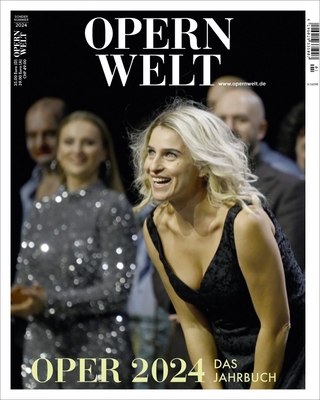
Modes of Communication in Stravinsky’s Works
Routledge (Verlag)
978-1-032-11108-7 (ISBN)
Igor Stravinsky left behind a complex heritage of music and ideas. There are many examples of discrepancies between his literate statements about music and musicians and his musical compositions and activity. Per Dahl presents a model of communication that unveils a clear and logical understanding of Stravinsky's heritage, based on the extant material available. From this, Dahl argues the case for Stravinsky’s music and his ideas as separate entities, representing different modes of communication. As well as describing a triangular model of communication, based on a tilted and extended version of Ogden's triangle, Dahl presents an empirical investigation of Stravinsky's vocabulary of signs and expressions in his published scores - his communicative mode towards musicians. In addition to simple statistics, Dahl compares the notation practice in the composer’s different stylistic epochs as well as his writing for different sizes of ensembles. Dahl also considers Stravinsky’s performances and recordings as modes of communication to investigate whether the multi-layered model can soften the discrepancies between Stravinsky the literary and Stravinsky the musician.
Per Dahl is Professor of Music at the University of Stavanger, Norway.
Introduction
Part I: Sign and expression in communication
1 Prelude
1.1. The point of departure
1.2. Discourses of a musical work
2 The multi-layered triad
2.1 Ogden
2.2 Agawu
2.3 A multi-layered triad
2.4 Literacy
2.5 Bacon
2.6 A complete communication model
3 Stravinsky’s background and languages
3.1 St. Petersburg
3.2 Suisse/France
3.3 Religion
3.4 America
4 The Aesthetics
4.1 A grid
4.2 Quotes from Stravinsky
4.3 Comments and critiques of Stravinsky’s aesthetics
4.4 Adorno
5 The Logics
5.1 The operational grid
5.2 Some aspects from semiotics and linguistics
5.3 Some statements from Stravinsky
5.4 Bacon’s idols
6 The Ethics
6.1 The ethical grid
6.2 The listening process
6.3 The composer in action
7 Postlude
Part II: Modes of Communication in Stravinsky’s music
8 Notation
9 Music notation and literacy in music: a historical approach
10 A study of Stravinsky’s notation practice: an empirical approach
10.1 Design
10.2 Results
11 Vocabulary, concepts and adjustments: a semiotic approach
12 Musicians’ music reading practices: a cognitive approach
12.1 Music reading
12.2 Approaching the music notation
12.3 Elements in Stravinsky’s notation practice
13 Stravinsky’s recordings and performances: a critical approach
13.1 The composer as performer
13.2 Some case studies
13.3 Reliability and validity
Conclusion
Appendices:
1 Work categories
2 Vocabulary
3 Works in the Serial period
4 Shorted and stretched notes
| Erscheinungsdatum | 20.12.2021 |
|---|---|
| Reihe/Serie | Routledge Research in Music |
| Zusatzinfo | 5 Tables, black and white; 20 Line drawings, black and white; 20 Illustrations, black and white |
| Verlagsort | London |
| Sprache | englisch |
| Maße | 156 x 234 mm |
| Gewicht | 453 g |
| Themenwelt | Kunst / Musik / Theater ► Musik ► Klassik / Oper / Musical |
| Kunst / Musik / Theater ► Musik ► Musiktheorie / Musiklehre | |
| ISBN-10 | 1-032-11108-9 / 1032111089 |
| ISBN-13 | 978-1-032-11108-7 / 9781032111087 |
| Zustand | Neuware |
| Informationen gemäß Produktsicherheitsverordnung (GPSR) | |
| Haben Sie eine Frage zum Produkt? |
aus dem Bereich


